Anti-War & Pro-Peace Resources Database
反戦平和資料データベース
https://worldbeyondwar.org/resources

Anti-War & Pro-Peace Resources Database
https://worldbeyondwar.org/resources
A few weeks ago I dug out about a hundred star clematis saplings from the zen center garden. I saw that more are coming yesterday. Decades ago I saw it blooming on a nearby electric post support line and I wanted one. Later I got it and planted. Now it has become nuisance, spreading out of hand.
Buddhism says that the source of suffering is craving. The original word for it is taṅhā (lit. thirst, like drinking sea water while shipwrecked, even if it makes more thirst). It is one of the Triple Poisons (desire, divisiveness, delusion), poisoning life. The delusion of self becomes survival instinct and develops into the other two.
Humans invented language, which strengthens “I, my, me, mine,” with its constant use, memory, substantiation, etc. Humans developed civilizations, seeking more money, matter, and might, which are causing wars, nukes, global warming, mass extinction, etc., troubling all life systems out of hand.
The Buddha said that when we possess houses, we have dust, leaks, etc., causing troubles. If we possess “self,” “world,” we suffer from samsara, shift in suffering in sickness, birth, aging and death, gain and loss, etc. When we sit still, karma stills (nirvana) the Triple Poisons, and we enjoy amrita, ambrosia of immortality.
October 2, 2021 C.E. Dharma notoe
三週間程前に禅センターの庭から仙人草の苗百本程を掘り起こしました。昨日それがもっと出ているのを見ました。何十年も前に近くの電柱支えロープに咲いているのを見て一つ欲しいなと思いました。後にそれを入手し植えました。今では手に負えなく増えて困りものになっています。
仏教では苦の源は欲だと言います。その原語はtaṅhā (字義は渇きで、渇愛と翻訳され、難破した時には、更に喉が渇いても、海の水でも飲むようなもの)です。それは生命を毒する三毒(貪瞋痴)の一つです。我の痴は生存本能になり他の二つ(貪欲と怒り)に発展します。
人間は言語を発明し、それは常時使用・記憶・実体化等により「我、我の、我に、我所(有)」を強化します。人間は更に金・物・力を求めて文明を発展させましたが、それは戦争、核、地球温暖化、(種の)大量絶滅を起こして手に負えなくなり、一切の生命組織の迷惑と成っています。います。
ブッダは、私達が家を所有すれば埃がたまり、(雨)漏れ等があり、困らせると言いました。私達が「我」や「世界」を所有すれば、生老病死や得失の苦の変遷である輪廻に陥り苦しみます。私達が静かに坐ると、三毒も静止し(涅槃:無風、業風の静止)、アムリタ、即ち「不死・神饌」を楽しめるのです。
2021共通年10月2日 法記
Recently we published a book titled Poems and Pictures: Flowers in Manyoshū, Kokinshū & Shinkokinshū. “Flowers fall in lamentation; weeds widen in detestation,” Dogen said. “When butterflies come, flowers open,” Ryokan said. I enjoy abundant flowers, butterflies, humming birds nowadays around my home. Weeds, herbs, weeds also abound, spreading and invading.
Beefsteak plants, Chinese chives, etc., are now invading. We uproot unwanted plants. I hit upon the idea of deseeding, cutting just the seeding tops to prevent self-seeding. We can eat in a timely manner or dispose of them in some ways. Deseeding is important to eradicate the roots of rivalry, which creates wars, terrorism, and even nuclear holocaust and the annihilation of all life.
The twentieth century has been characterized as the “century of nationalism and wars.” The new century continues and increases this, enhancing hostility, militarism, and dictatorships, robbing us of the ability to solve other global problems, such as discrimination, poverty, global warming, and mass extinction. We must know The Myth of the State and observe global truth and ethic.
The survival instinct can even become selfishness (even from “selfish genes”) and sin (separation), which develops into the Triple Poisons. The human race has survived by ethic, religion (reunion with holiness: wholesome whole). We must observe the truth/ethic of the life system in a holistic way to realize the harmony, health, and happiness of all, changing our bad karma to good one.
September 26, 2021 C.E. Dharma note
Note. 1. Ernst Cassirer clarified how power misuses symbols, tools, events, etc., to enhance itself in his The Myth of the State. His Philosophy of Symbolism is an important work to understand humans as homo symbolicum. His “Essay on Man” is a good introduction to it. The new tension and rivalry between China and the U.S., et al., (Quad) is a dangerous and deteriorating way in the solving of global problems.
最近私達は「詩と絵―万葉集、古今集、新古今集の花」という題の本を出版しました。「花は哀惜に散り、草は棄嫌におふるのみなり」と道元は言いました。「蝶来たる時花開く」と良寛は言いました。私はこの頃家の周りの沢山の花、蝶、蜂鳥を楽しんでいます。芝生、ハーブ、雑草も多く、拡がり、侵入しています。
紫蘇、ニラなどが今方々に侵入しています。望まない植物は根こぎします。私は種子排除を考え付きました、自己播種を避ける為に種子を付ける穂先だけを切るのです。それを時宜に食べるか何らかの方法で始末することができます。戦争、テロ、さらには核ホロコーストや一切生命の破滅を生む敵対関係の根を根絶するには種子排除が重要です。
二十世紀は「国家主義と戦争の世紀」と特徴付けられました。新世紀はこれを続け増し、敵意、軍事主義、独裁を強化し、差別、貧困、地球温暖化、大量絶滅の様な他の地球問題を解決する能力を私達から奪っています。私達は「国家の神話」を知り、地球の真理と倫理を守らなければなりません。
(「利己的遺伝子」さえからの)生存本能は利己主義と罪(分離)にさえなりますが、それは三毒になります。人類は倫理、宗教(聖:全体健全との再結合)により生き残りました。私達は悪業を善業に代えて一切の調和、健康、幸福を実現する為に生命システムの真理・倫理を守らなければなりません。
2021共通年9月26日 法記
註1.エルンスト・カッシラーはその「国家の神話」で権力が自己増強の為に象徴、道具、行事などを悪用することを明かしました。彼の「象徴主義の哲学」は人間を「象徴人間」として理解するのに重要な業績です。彼の「人間についての試論」はその良い紹介となります。中国と米国他(クワッド)の新しい緊張と敵対関係は地球問題を解決するのに危険で劣化させる方途です。
2.三毒は貪瞋痴で、私達の業(行動、習慣、遺伝)に由来しています。私達はそれを鎮め、それがどのように働くかを見、悪から善に変えることが出来ます。修養 (cultivation)と文化 (culture)は人類(他の生き物)が生き残り成功してきた方法です。これは上述の本、岩本一名誉教授と吉田収・魯参師の「詩と絵―万葉集、古今集、新古今集の花」(Kindleと印刷版ペーパーバック)の序論で更に詳しく述べています。
3.生命システム(どの様なシステム或いは現象)は縁起(私達の感覚器官・対象・意識のように原因と条件による共生起、その良い例示は網目の水晶球が相互に無限に映しあう帝釈網です)の法(形態・規則、現象・法則、真理・倫理)にあります。私達はこの真理と倫理を知らなければなりません。誰でも静かに坐り、真理を見、一切に奉仕し救済できるのです。
Salzkammergut in Austria, by Garyo
Recently, I visited the region Salzkammergut (salt domain) about 3 hours car drive west of Vienna. Although I have known this area since my childhood, I again was intrigued by its beauty and history. I would love to share the beauty with you!
View from the Schafberg (sheep mountain) down to Wolfgangsee
The Salzkammergut got its name from the salt mines previously belonging to the Habsburg monarchy. One of the most famous mines is the salt mine of Hallstadt, which goes back to the 12th century BC and still excavates salt today. The culture between 12th and 8th century BC is referred to as Hallstadt Culture. Salt at this time was more valuable and expensive than gold.
Hallstadt and the Hallstaedter See (lake)
Cemetery of Hallstadt. The cemetery is divided in two parts – the upper part for the Protestant population and the lower part for the Catholics. This is the Catholic part.
It is the custom in Austria to take good care for the grave of the family. Each grave is a little flower garden and is absolutely beautiful. In the grave to the left, just recently somebody was buried. It is covered by flower wreaths.
The space at this Alpine cemetery is very limited and the people had to find a solution for that. Since the 17hth century, the skeletons of the diseased were taken out after several years in the soil, cleaned, put in the sun for bleaching, painted and stored in the ossuary. This custom even lasts to today, although only a few decide to end up in the bone house.
View from the shore of the Catholic church and cemetery of Hallstadt
Hallstaedter See
Restaurant at the Wolfgangsee, mainly accessed by foot or by boat
Since the 19th century, the Salzkammergut became a favorite place to go on vacation.
Even the emperor went to his palace in Bad Ischl to rejuvenate. Therefore, keeping the beauty and originality was essential and still is to today. Many international tourists come to visit this area. However, due to Covid regulations, Salzkammergut this year was visited mainly by Austrians like in former times.
Top of the Schafberg (sheep mountain)
Restaurant on the Schafberg with the view to Mondsee (moon lake)
Nature trails, little restaurants and cabins for refreshment and food serve every type of hiker. This time, I did not hike up to the top of the mountains, but took either a coq train or a gondola. Relaxing boat rides and walks around the lakes were also enjoyable.
Traditional coq train going up to the top of the Schafberg
The beauty of Salzkammergut is spectacular. Emerald green glacier lakes reflect the surrounding mountains, with the highest mountain being the Dachstein (about 9000 feet) covered by a glacier.
Dachstein glacier above Lake Altaussee
Walking around the lake of Altaussee provided many magical views of the Dachstein glacier
A monument to one of the first leisure mountain climbers, Paul Preuss (1886 – 1913), born in Altaussee
Every lake has crystal clear water. Motor boats or any other noisy and polluting water vehicles are forbidden. Some areas even forbid bathing and fishing in order to protect nature.
Typical Alpine house with church in the background in the village of Altaussee
Walk around part of Wolfgangsee
A typical way to capture spring water
One of many typical shrines
The Salzkammergut is a World Heritage Site and, therefore, a protected area. Although it is sometimes overrun by tourists, it still keeps its original character. Many people living in this area still dress in the traditional Dirndl and Lederhose and nearly every village has its own music orchestra. The mountains and lakes are spectacular. It is one of my favorite places to hike. I hope you could enjoy the beauty with me.
Garyo
—–
The above pictures and comments are by Garyo Gertraud Wild, our sangha member
and our favorite contributor of her travelogues all around the world to our blogsite.
Permaculture Gardening as Zen Practice
There’s something about gardening that is conducive to the spiritual life. Regardless of one’s faith tradition, spiritually inclined people have been gardening as long as there have been spiritually inclined people. Part of this is practical (a day without working is a day without eating), but on a deeper level, cultivating a garden is much like the cultivation we engage in during our Zen practice.
When I moved to southern Illinois eight years ago, I was fortunate to find a home with two acres to work with. The previous owner kept the front yard in empty lawn, and the back yard (which sloped down to a lake) in woods. So it was largely a blank slate.
I have always been intrigued by the concept of permaculture. To quote the founder of permaculture, Bill Mollison, it is an approach to land management that adopts arrangements observed in flourishing natural ecosystems. It includes a set of design principles derived using whole systems thinking. YouTube is full of videos on permaculture in case you wish to learn more.
One of the biggest challenges with practicing permaculture in a suburban setting is that neighbors and local zoning ordinances are geared towards the 1950’s mowed lawn and picket fence look. Not everyone appreciates the appearance of tomatoes and cucumbers in the front yard and the sound of chickens in the morning. To keep up appearances, I planted 50 feet of ornamental trees and bushes in the front of the lawn, then placed my fenced-in annual garden (tomatoes, cucumbers, peppers) behind that. To further ”screen” the annual garden, I put a row of hibiscus (courtesy of the Zen Center) in front of the fence. As the picture below shows, it is easy to tell where the property line is between my neighbor’s and my yards.
The southeast of the property slopes down, which makes it unsuitable to tillage, but perfect for fruit trees. I planted about 25 apple, plum, peach and pear trees here. The trees are thriving and make for a beautiful orchard effect. Unfortunately, since I don’t use insecticides the bugs get the better part of the harvest. I’m hoping that in a few years the pest and the predator insects will reach a balance. Until then, the squirrels and deer are eating good as well.
Next to the orchard is the greenhouse, which is essential for getting an early start on the growing season. In the late winter and early spring, it is full of seedlings ready for planting. Now it’s summer and it sits empty.
rty I keep a flock of chickens. They are a great addition to the garden in that much of what they eat are table scraps and weeds taken from the garden. Chicken poop also makes for excellent fertilizer.
When getting chickens, two things must be kept in mind. First, someone needs to let them in and out of their coop every morning and evening. That can make vacations challenging. Further, you need a “retirement plan” for when the hens reach old age and don’t lay eggs anymore. In our case, a couple of the hens have gone from being productive farm animals to old pets.
Finally, I’ve been keeping bees at the back end of the property for several years. In the past I’ve been able to manage three hives and harvest about 12 gallons of honey a year. Unfortunately, I was hit with varroa mites and small hive beetles this year, so I’m down to only one hive. I’m hoping to do a split next spring and get back to two hives then. As gardeners say, there’s always next year.
Gassho!
Jimyo

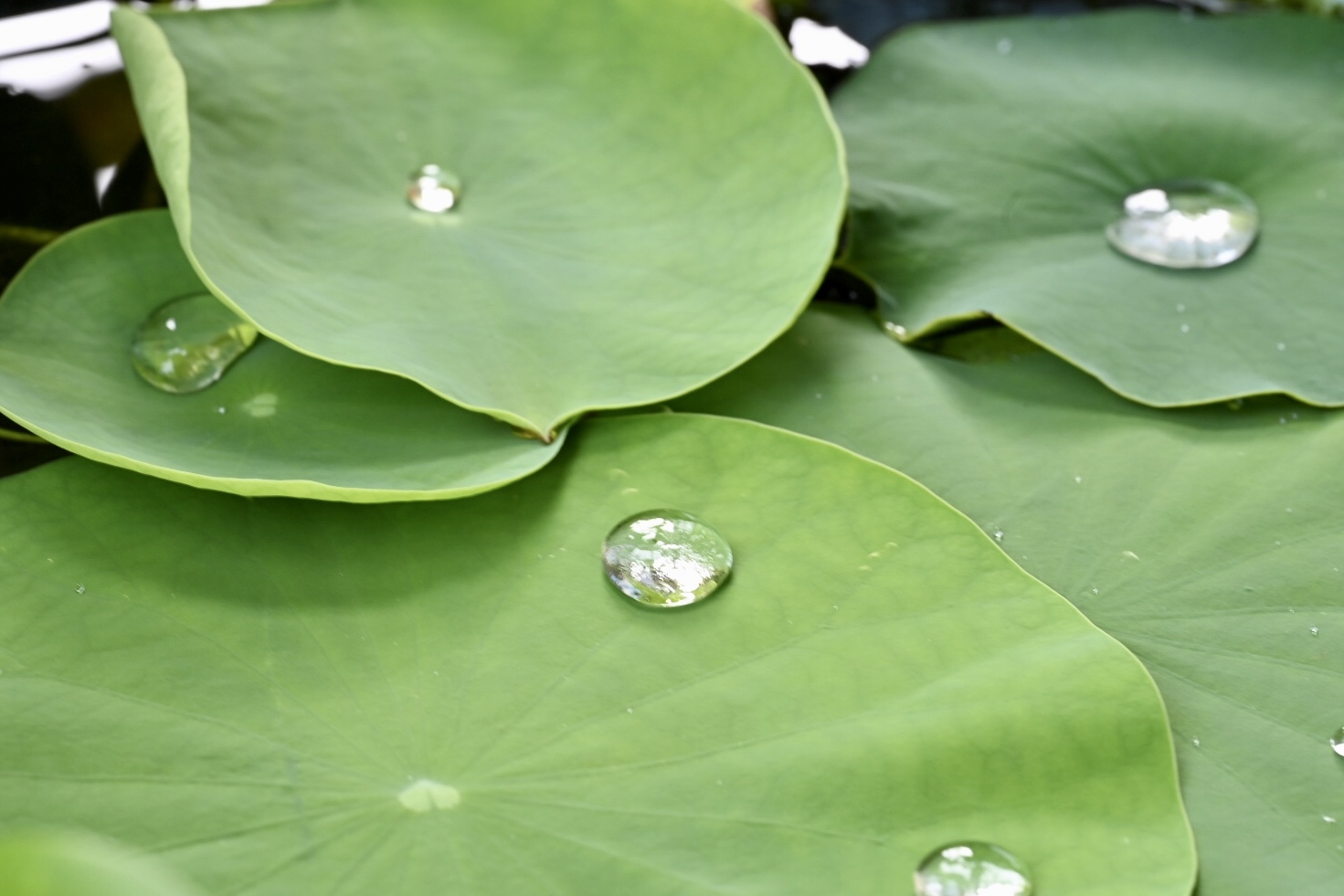
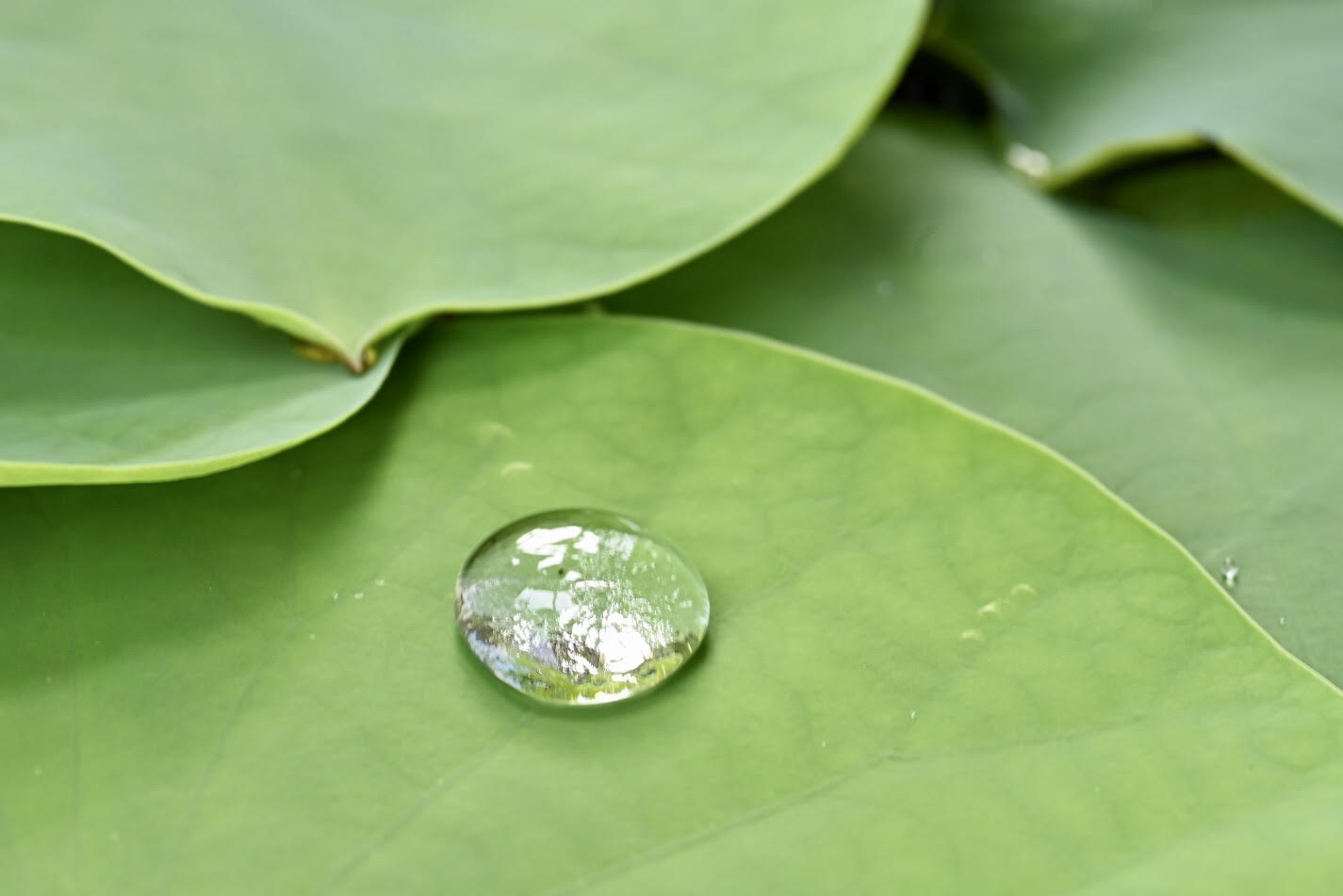
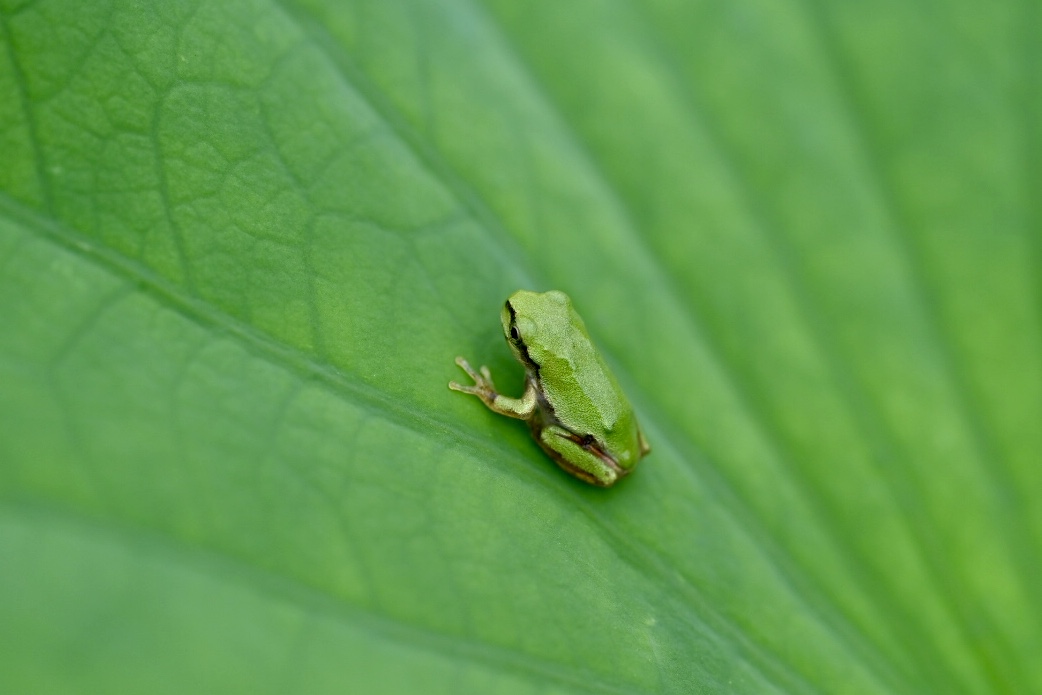
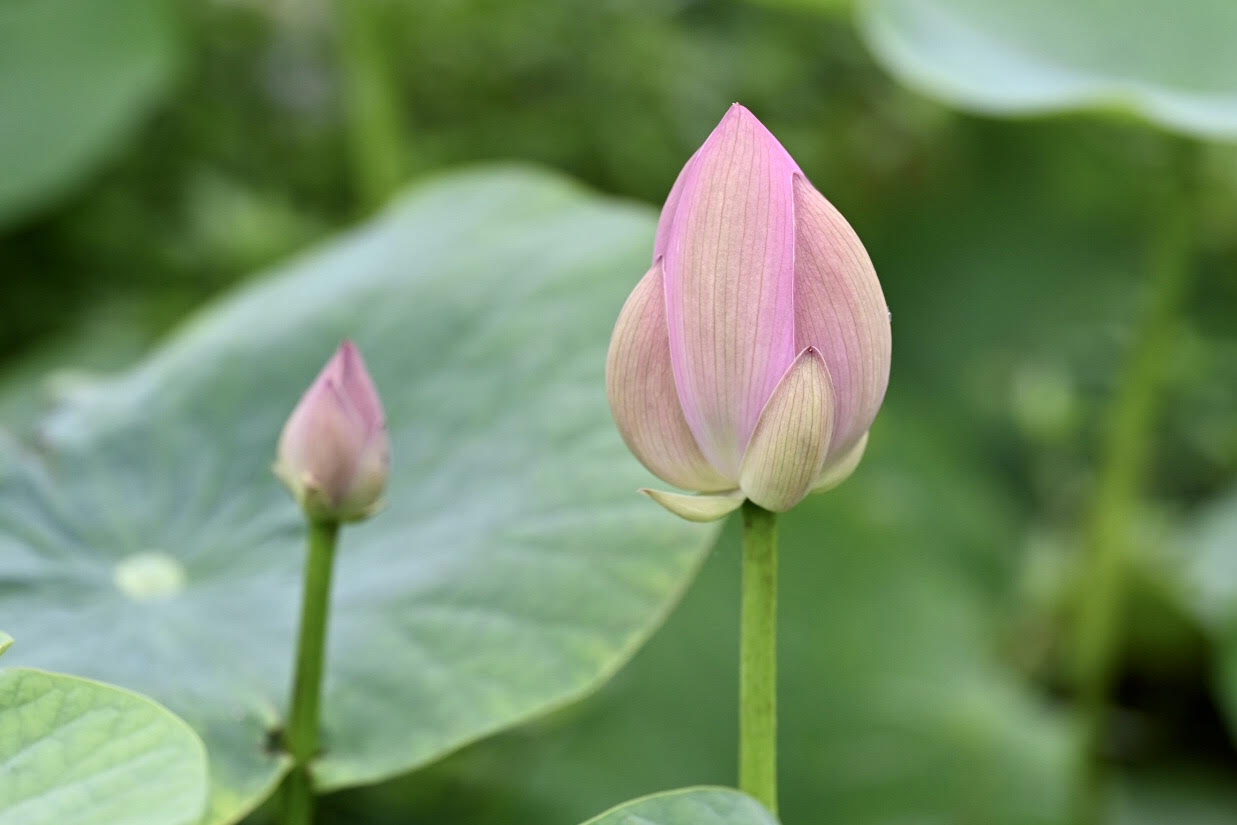
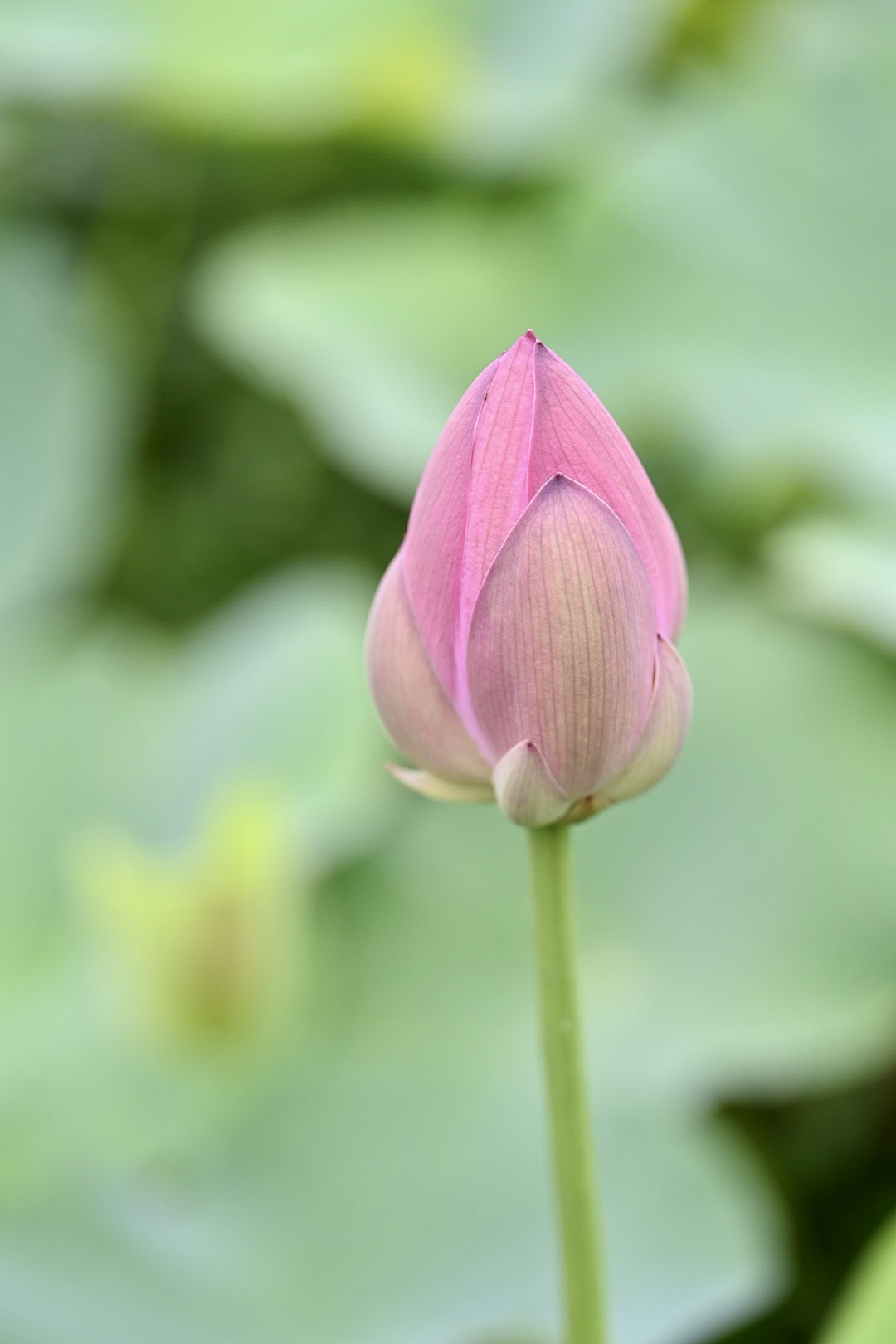
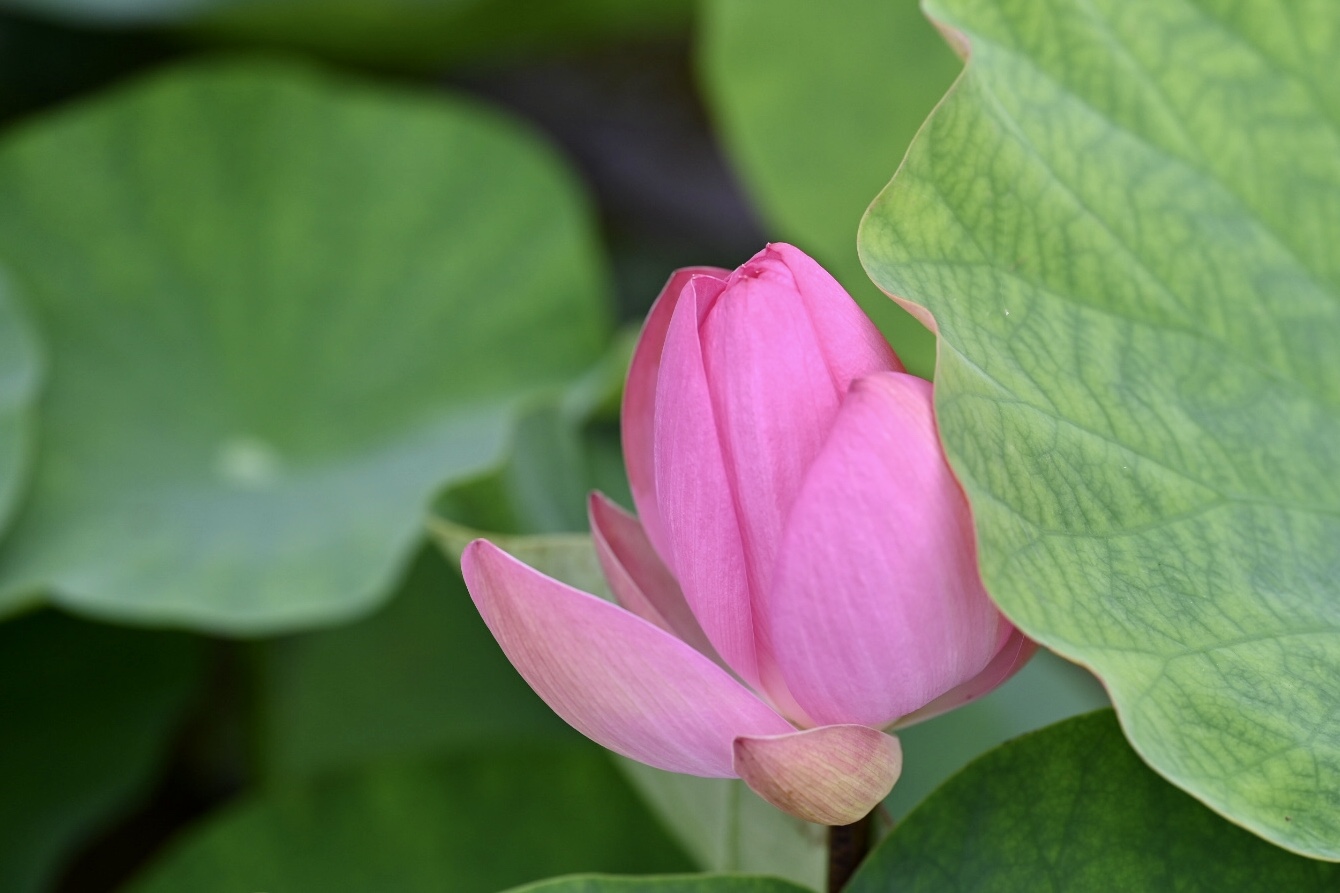

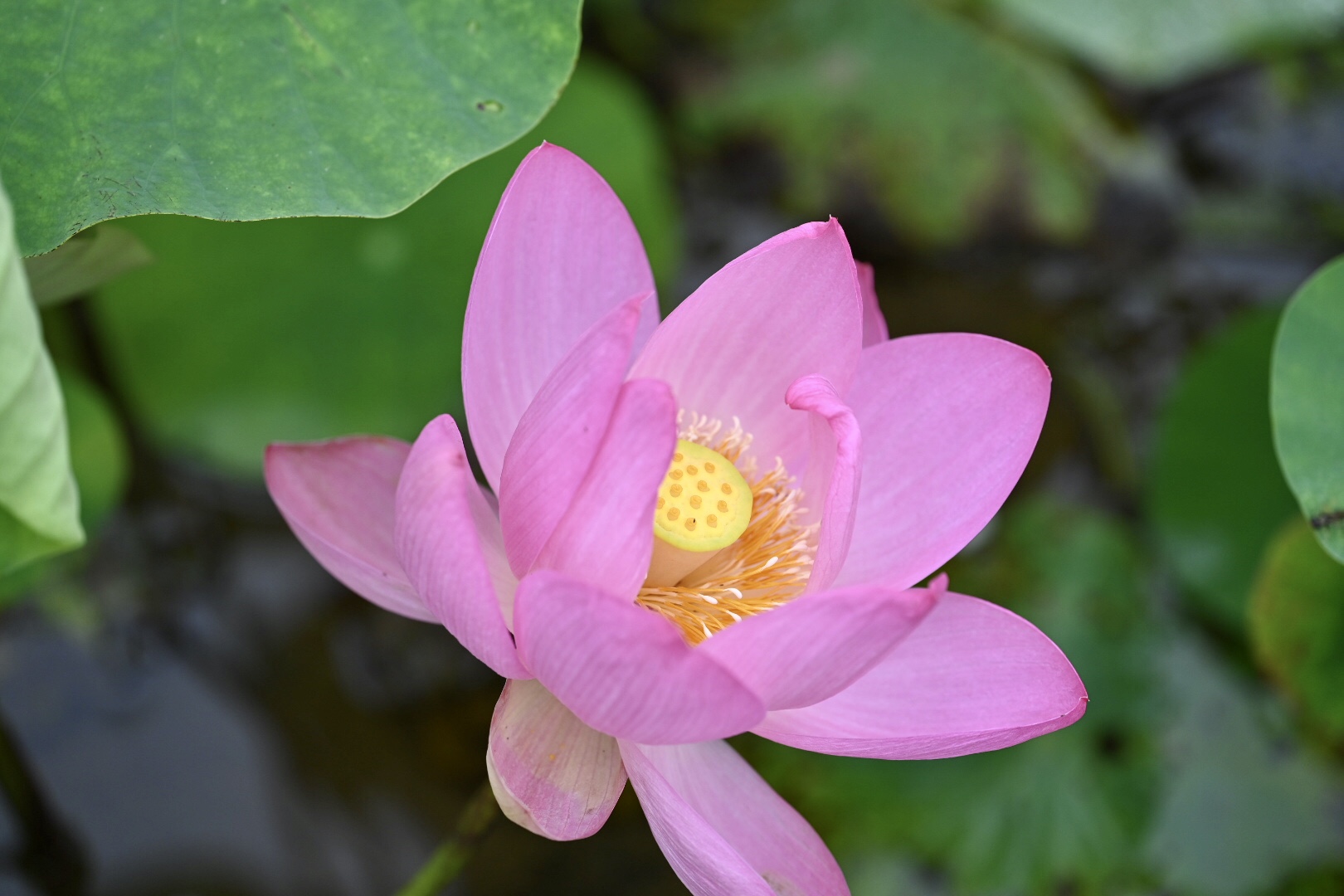
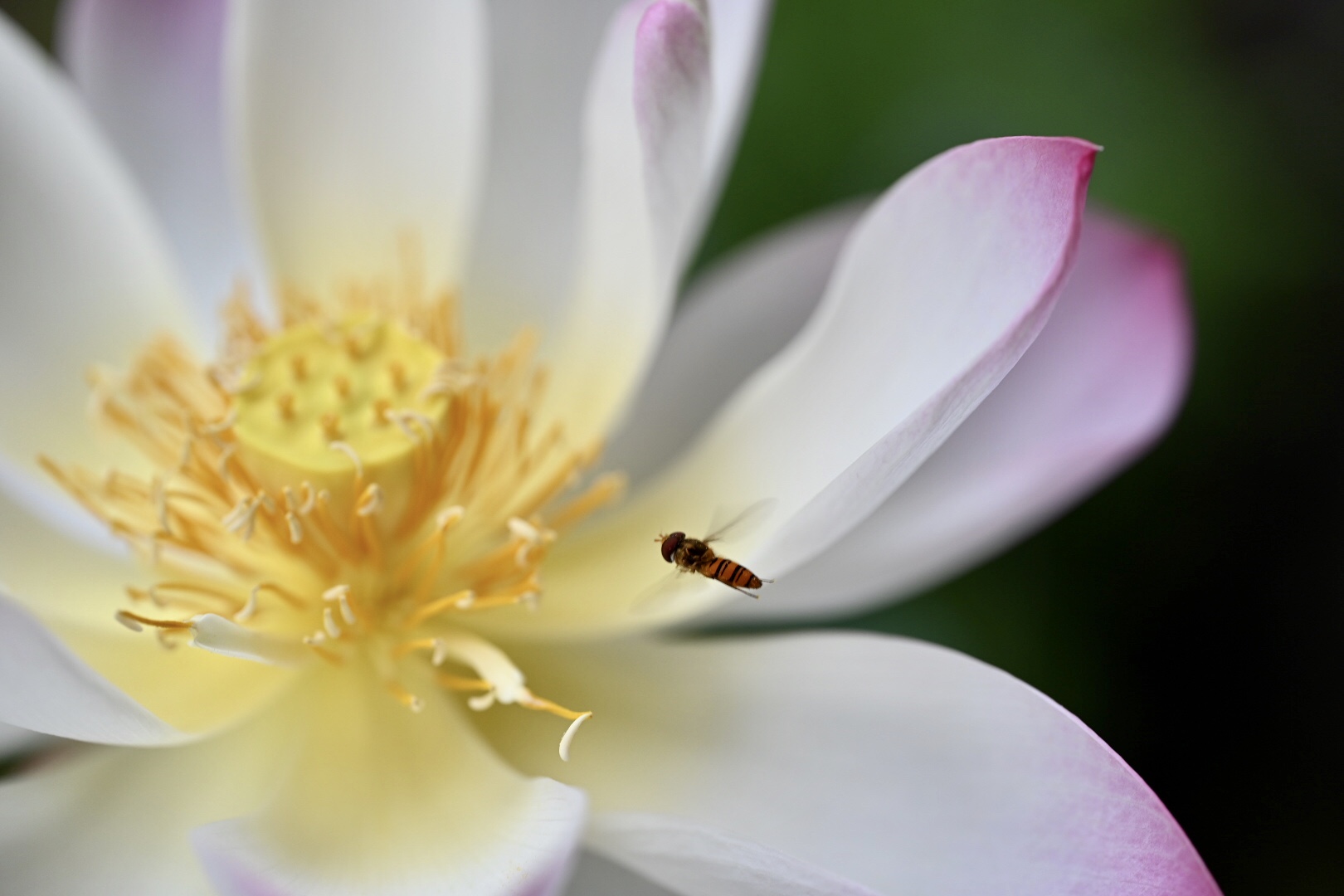

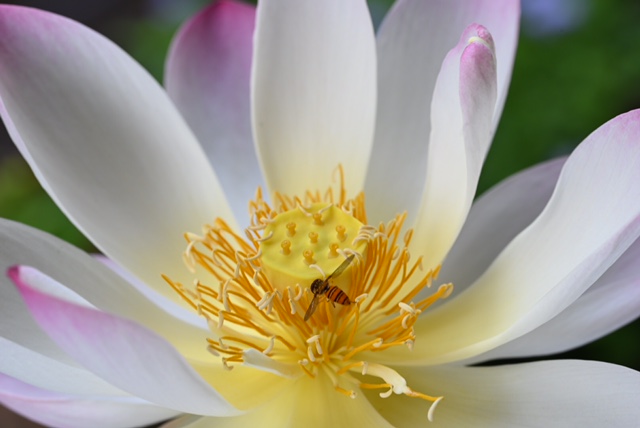


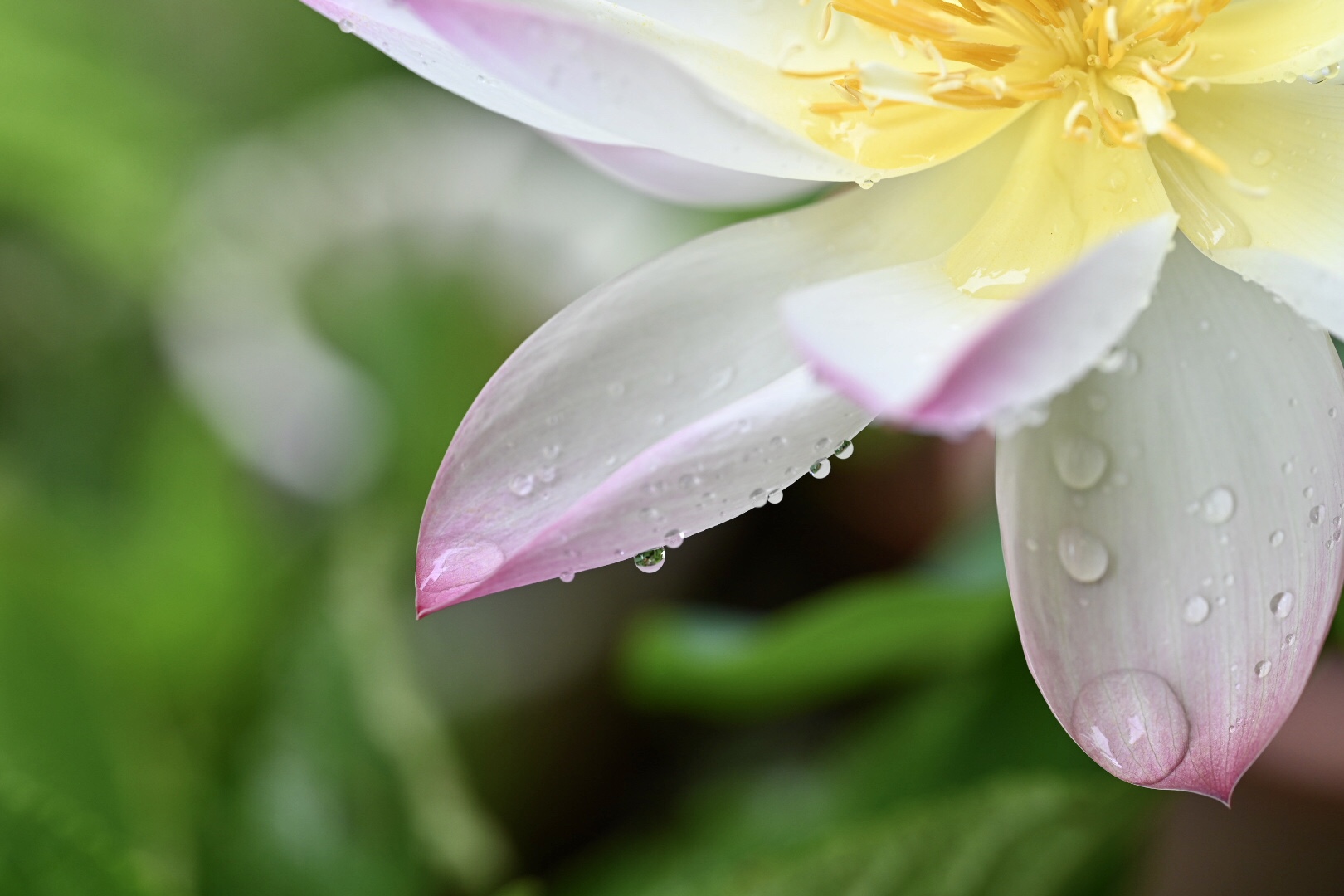
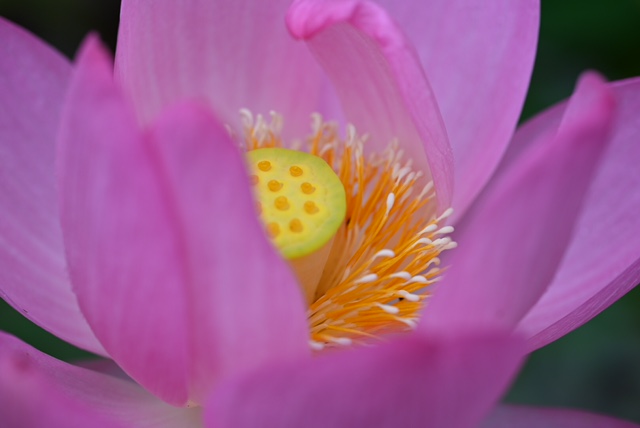
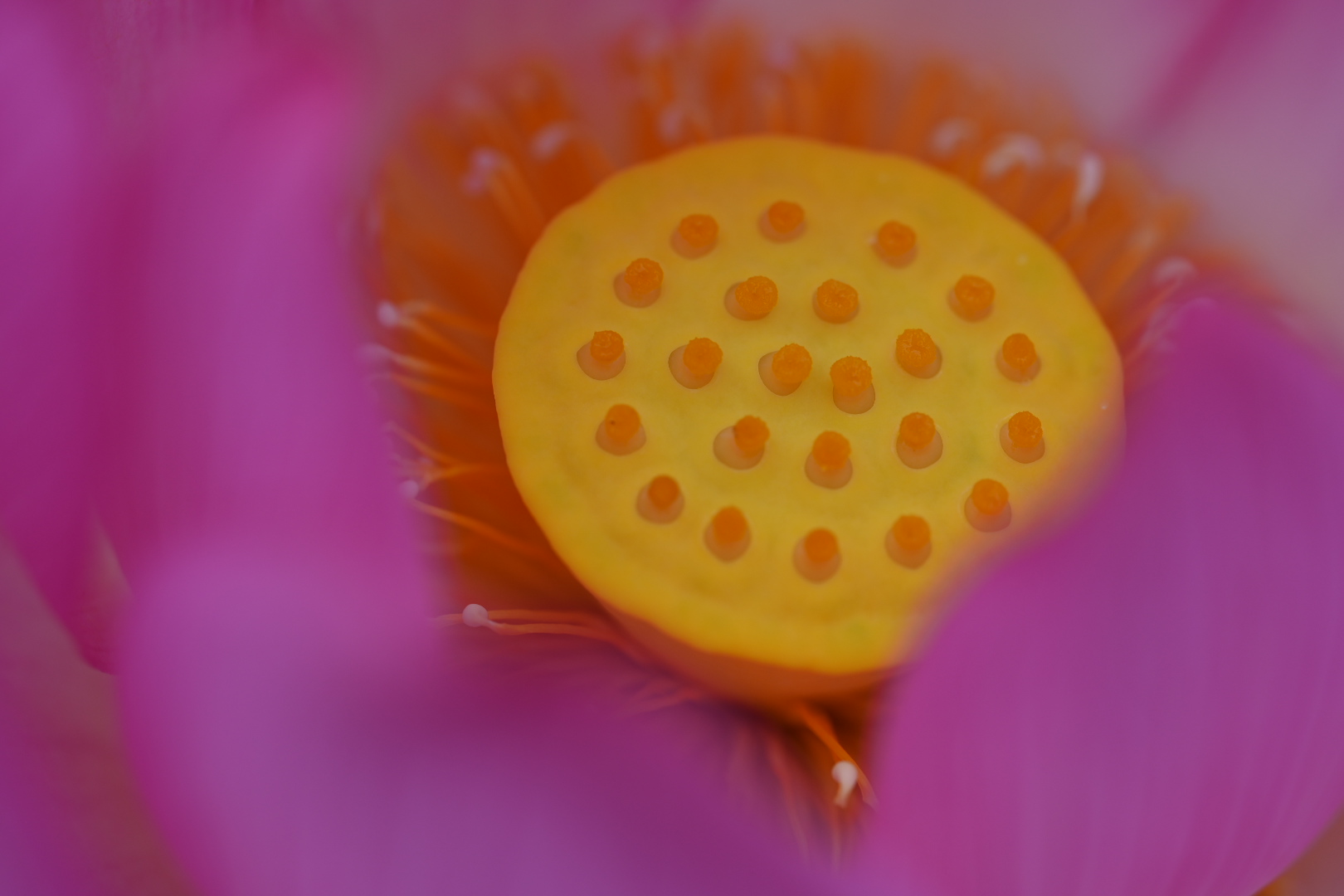
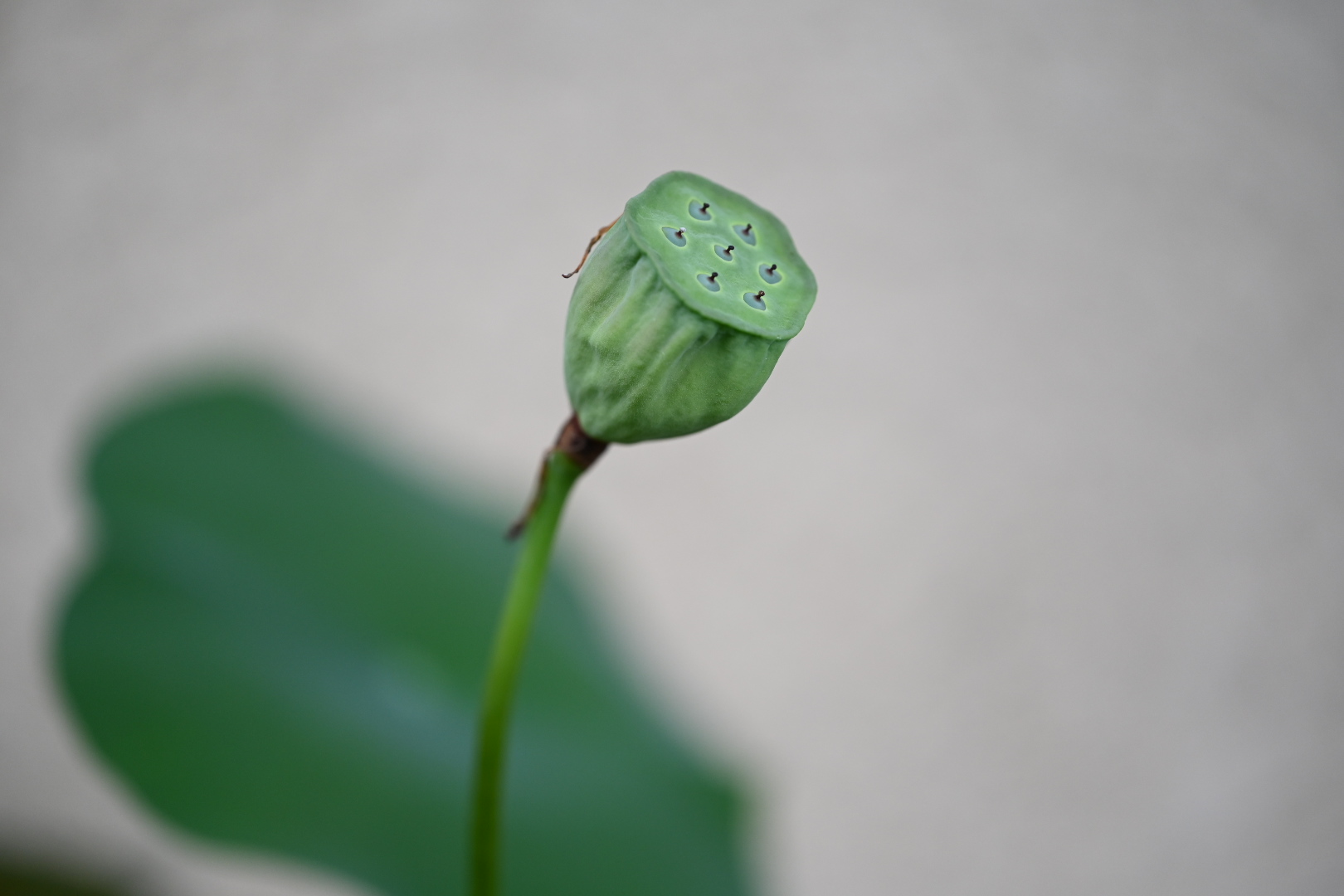
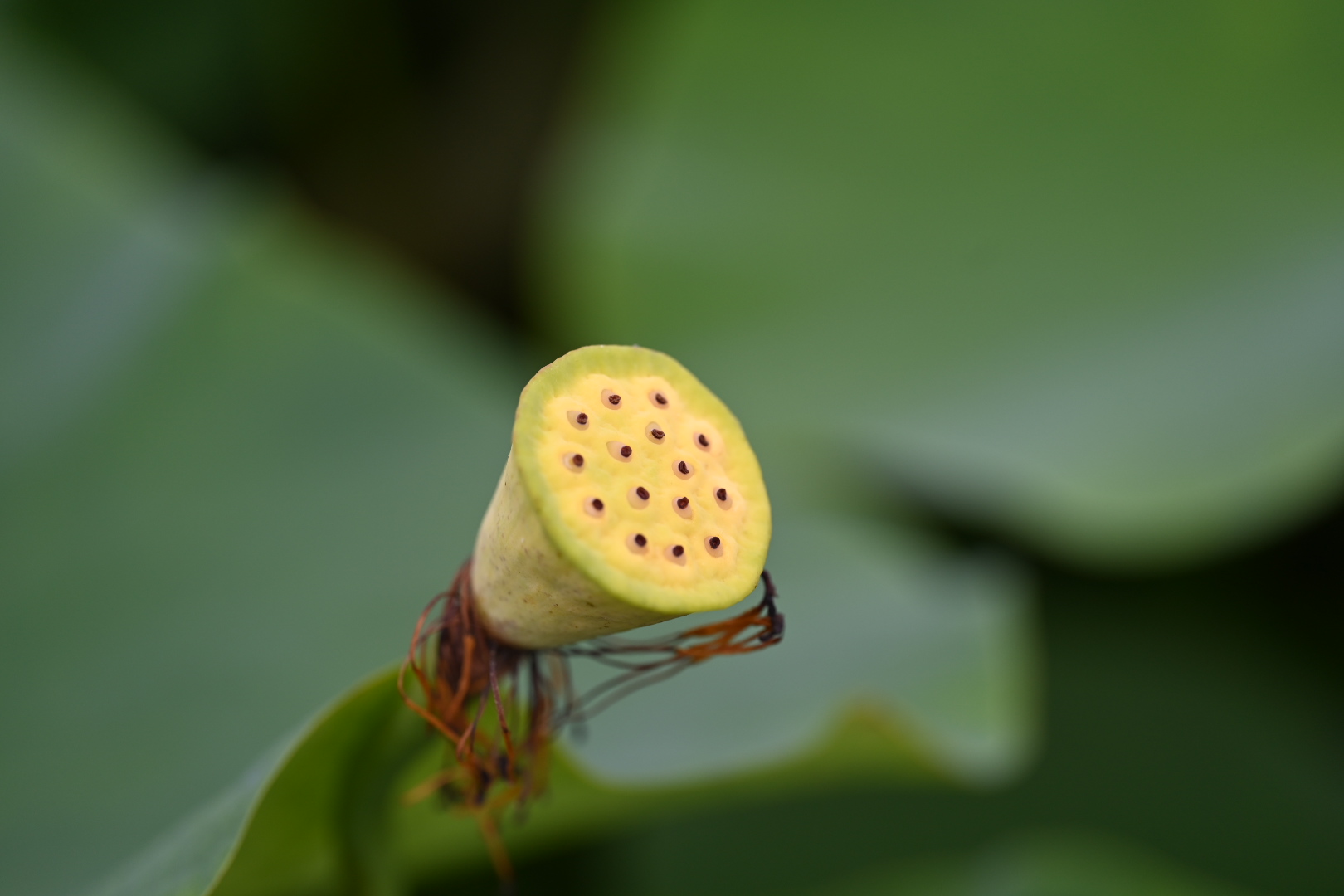
The above pictures were taken and sent by Rev. Genko Daishin (Mr. Noriyuki Otsuka)
with his comment: “The whole universe is in a lotus flower, a bee, a waterdrop”
from Shimoda, Shizuoka, Japan
上の写真は下田の大真玄光師(大塚卿之氏)が撮り
Contents
Sowing seeds:
https://happydiyhome.com/growing-leeks/
Planting leeks:
https://happydiyhome.com/growing-leeks/




Contents



We say, “Practice makes perfect.” Karma ripens. Our individual, social, and ecological karma (old/new, conscious/unconscious, bodily/verbal/mental) ripens in our world. Thus, we witness our world as the results of our karma. If we want to change our world for the better, we must change ourselves and others.
Zen practice is on/off zafu, with self/other, psycho/physical, good/bad, in each and every moment/day/life. We aspire to the Awakened Way, aiming at bodhi (awakening)/ prajňā (prognosis) in nirvana, as expressed in the Seven Buddhas’ Common Precept: Doing no evil, doing all good, purifying one’s own mind.
In our conventional world, our cultivation creates a culture of truth, goodness, beauty, and holiness (sciences, ethics, arts, religions). The Awakened Way advances them from the awakening/prognosis in nirvana (no wind, of karma), thus supra-mundane (karma: Triple Poisons), holy truth, goodness, and beauty.
All living beings are karma-heirs, -owners, – machines, and want to satisfy their wants bound by karma. The Awakened Way wants us to awaken to this, to be freed from it, in nirvana, by Zen and Zen practice. We can take refuge in good karma, by the Triple Learnings. We must practice the perfect way: cultivation being verification.
July 15, 2021 C.E. Dharma note
私達は「実習が完璧を生む」と言います。業は熟します。私たちの個人的、社会的、生態的な業(旧・新、意識的・無意識的、身口意)が私達の世界で熟します。だから、私達は自らの業の結果を自らの世界として実証するのです。もし私達が自らの世界を変えたいと欲するなら、自らと他者を変えなければなりません。
禅の修行は坐蒲上(座禅)・下(それ以外)、自・他、身・心、善・悪、各・全瞬時・日・生ににわたります。私達は七仏通誡偈の「諸悪莫作、諸善奉行、自浄其意(是諸仏教)」に表明されているように、涅槃において覚醒・般若(処方・智慧)を目指して、覺道を志願します。
俗界では実習は真善美(諸科学・倫理・芸術・宗教)の文化を生みます。覺道はこれらを涅槃(無風、業の)における覚醒・般若で進展させます。こうして超俗(業、三毒)の聖(全体健全)なる真善美を、進展させます。
一切の生物は業-相続者、-保持者、-機械であり、業に束縛されて、渇望を満足させます。覺道は私たちにこのことに覚醒し、涅槃の禅(定)と禅修行の中でそれから解放されることを欲します。私達は三学により、善業に帰依することが出来ます。私達は修行が確証である、完璧な方途を修行しなければなりません。
2021年7月15日 法記
Cantaloupe
Lavender
Foxglove
Poppy
The above pictures were taken and sent by
Rev. Erin Daiho, our member and editor, living in Washington State.
上の写真は私達の会員であり編集者である
ワシントン州在住の大法恵林師が撮影し送ってくれたものです。
Zinnia
Hydrandea
Canna
Black-eyed Susan